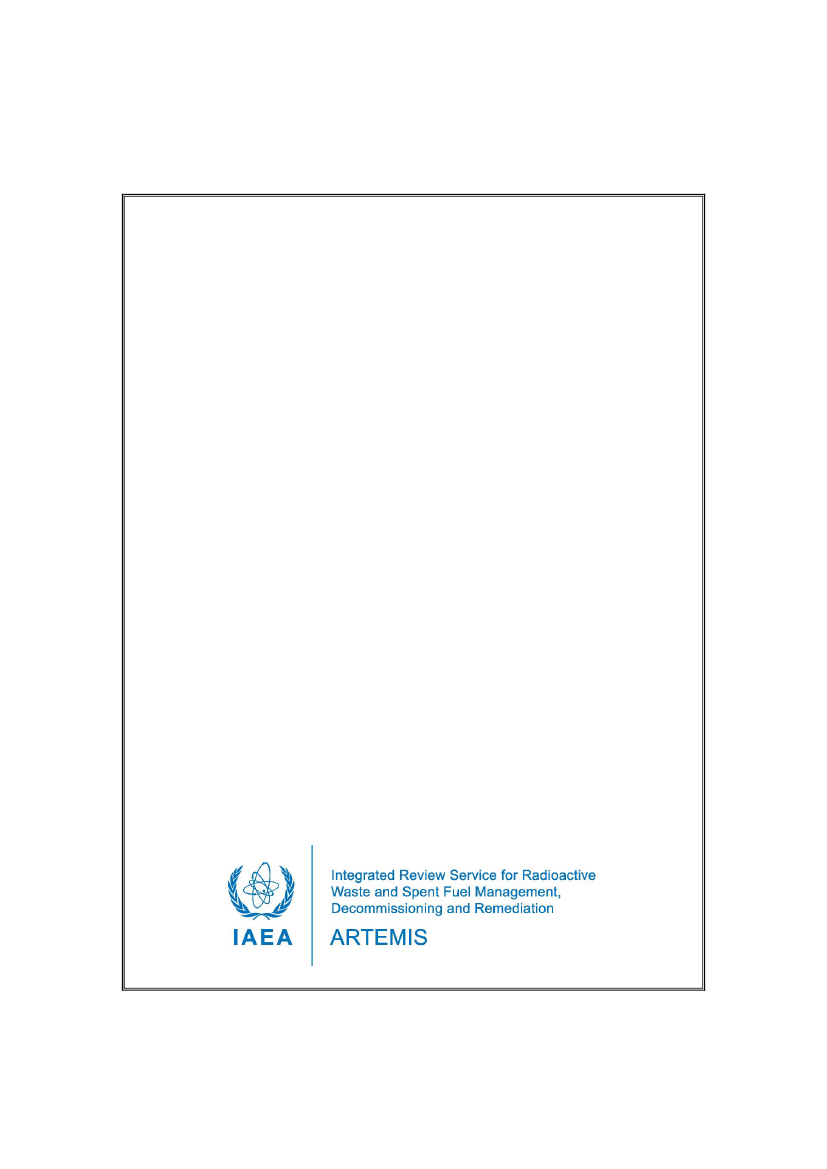
IAEA-NS-ARTEMIS
ORIGINAL: English
INTEGRATED REVIEW SERVICE
FOR RADIOACTIVE WASTE AND
SPENT FUEL MANAGEMENT,
DECOMMISSIONING AND
REMEDIATION (ARTEMIS)
MISSION
TO
DENMARK
Roskilde, Denmark
1-9 May 2022
DEPARTMENT OF NUCLEAR SAFETY AND SECURITY
DEPARTMENT OF NUCLEAR ENERGY